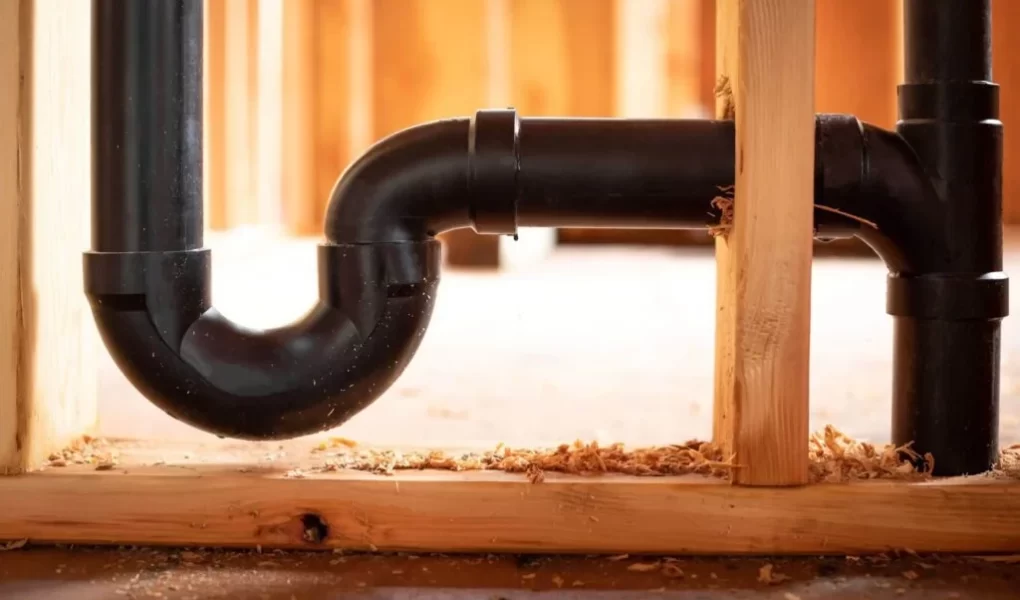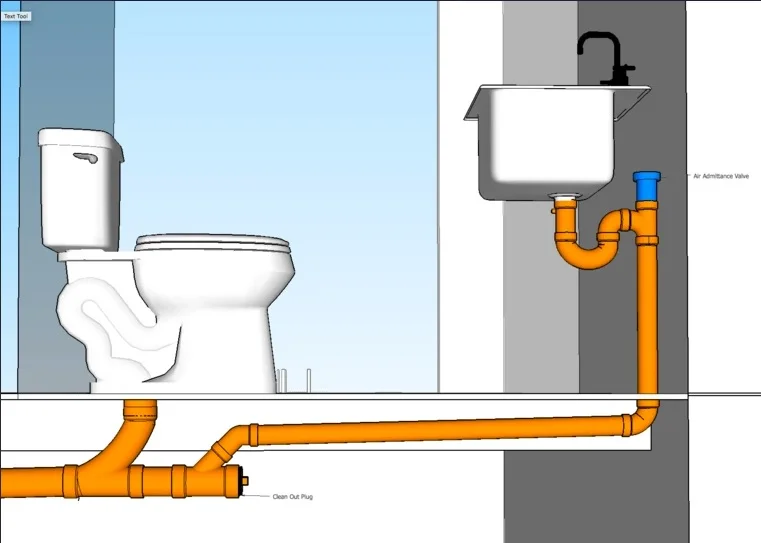Polyvinyl chloride (PVC) is a versatile plastic used in various applications, notably in plumbing and electrical systems. Although both types of PVC serve essential roles in construction and infrastructure, they are not interchangeable. This article delves into the differences between electrical PVC and plumbing PVC, highlighting their distinct properties, uses, and why it’s crucial to use the appropriate type for each application.
Understanding PVC

What is PVC?
Polyvinyl chloride (PVC) is a synthetic plastic polymer widely used in construction due to its durability, cost-effectiveness, and versatility.
- Properties: PVC is known for its high strength-to-weight ratio, chemical resistance, and long lifespan.
- Forms: PVC is manufactured in various forms, including pipes, fittings, sheets, and films, tailored to specific applications.
General Applications of PVC
PVC’s adaptability makes it suitable for a range of applications, from household items to industrial uses.
- Construction: Commonly used in building materials such as pipes, window frames, and flooring.
- Electrical Insulation: Used in insulation for electrical wires and cables.
- Packaging: Utilized in packaging films and containers due to its durability and clarity.
Differences Between Electrical PVC and Plumbing PVC
Composition and Additives
The composition of PVC used in electrical and plumbing applications differs primarily due to the additives mixed with the base polymer.
- Electrical PVC: Contains additives that enhance its flame-retardant properties, making it safer for use in electrical applications where fire risk is a concern.
- Plumbing PVC: Includes additives that improve its resistance to pressure and temperature changes, crucial for carrying water and other fluids.
Color Coding
One of the most noticeable differences between electrical PVC and plumbing PVC is their color.
- Electrical PVC: Typically grey in color, which helps in easily distinguishing it from plumbing pipes.
- Plumbing PVC: Generally white or sometimes blue, depending on the type and application.
Physical Properties
Electrical and plumbing PVC differ in terms of their physical characteristics to meet the demands of their specific applications.
- Electrical PVC: Has a higher degree of flexibility to allow for easier installation around obstacles and within confined spaces.
- Plumbing PVC: More rigid to withstand internal water pressure and to maintain structural integrity over long runs.
UV Resistance
Exposure to ultraviolet (UV) light can degrade PVC over time, but the extent of this degradation varies between electrical and plumbing PVC.
- Electrical PVC: Often has added UV inhibitors to protect against sunlight, especially for outdoor applications.
- Plumbing PVC: Typically less resistant to UV light and is often used underground or within buildings where sunlight exposure is minimal.
Uses of Electrical PVC
Conduit and Electrical Wiring
Electrical PVC is primarily used as a conduit to protect electrical wiring.
- Conduit: Electrical PVC conduits house electrical cables, protecting them from physical damage, moisture, and chemicals.
- Ease of Installation: Its flexibility and lightweight nature make it easy to cut, bend, and install in various settings.
Benefits in Electrical Applications
The use of PVC in electrical applications offers several advantages.
- Safety: Flame-retardant properties reduce the risk of fire, providing a safer environment for electrical installations.
- Durability: Resistant to corrosion and chemical damage, ensuring a long lifespan for electrical systems.
- Cost-Effective: More affordable than metal conduits while offering comparable protection.
Uses of Plumbing PVC
Water Supply and Drainage
Plumbing PVC is widely used in residential, commercial, and industrial plumbing systems.
- Water Supply: Used for cold and hot water supply lines due to its ability to handle varying temperatures and pressures.
- Drainage Systems: Effective in sewage and drainage systems, thanks to its resistance to corrosion and chemical degradation.
Benefits in Plumbing Applications
Plumbing PVC provides numerous benefits in water and fluid transport systems.
- Durability: Resistant to corrosion, making it ideal for long-term use in various environments.
- Non-Toxic: Safe for transporting drinking water, as it does not leach harmful chemicals.
- Ease of Installation: Lightweight and easy to join with solvent cement, reducing installation time and costs.
Importance of Using the Right Type of PVC
Safety Concerns
Using the correct type of PVC for each application is critical for safety.
- Electrical Applications: Using plumbing PVC in electrical systems can pose fire hazards due to its lack of flame-retardant properties.
- Plumbing Applications: Electrical PVC may not withstand the pressure and temperature variations in plumbing systems, leading to potential failures and leaks.
Compliance with Standards
Different standards govern the use of PVC in electrical and plumbing applications.
- Electrical Codes: Electrical PVC must meet specific safety standards and codes, such as those set by the National Electrical Code (NEC).
- Plumbing Codes: Plumbing PVC must comply with plumbing codes and standards, ensuring safe and reliable performance in water supply and drainage systems.
Performance and Longevity
The right type of PVC ensures optimal performance and longevity.
- Electrical PVC: Designed to protect electrical wiring from environmental hazards and physical damage, ensuring a reliable electrical system.
- Plumbing PVC: Engineered to handle water pressure and temperature changes, providing a durable and leak-proof plumbing system.




